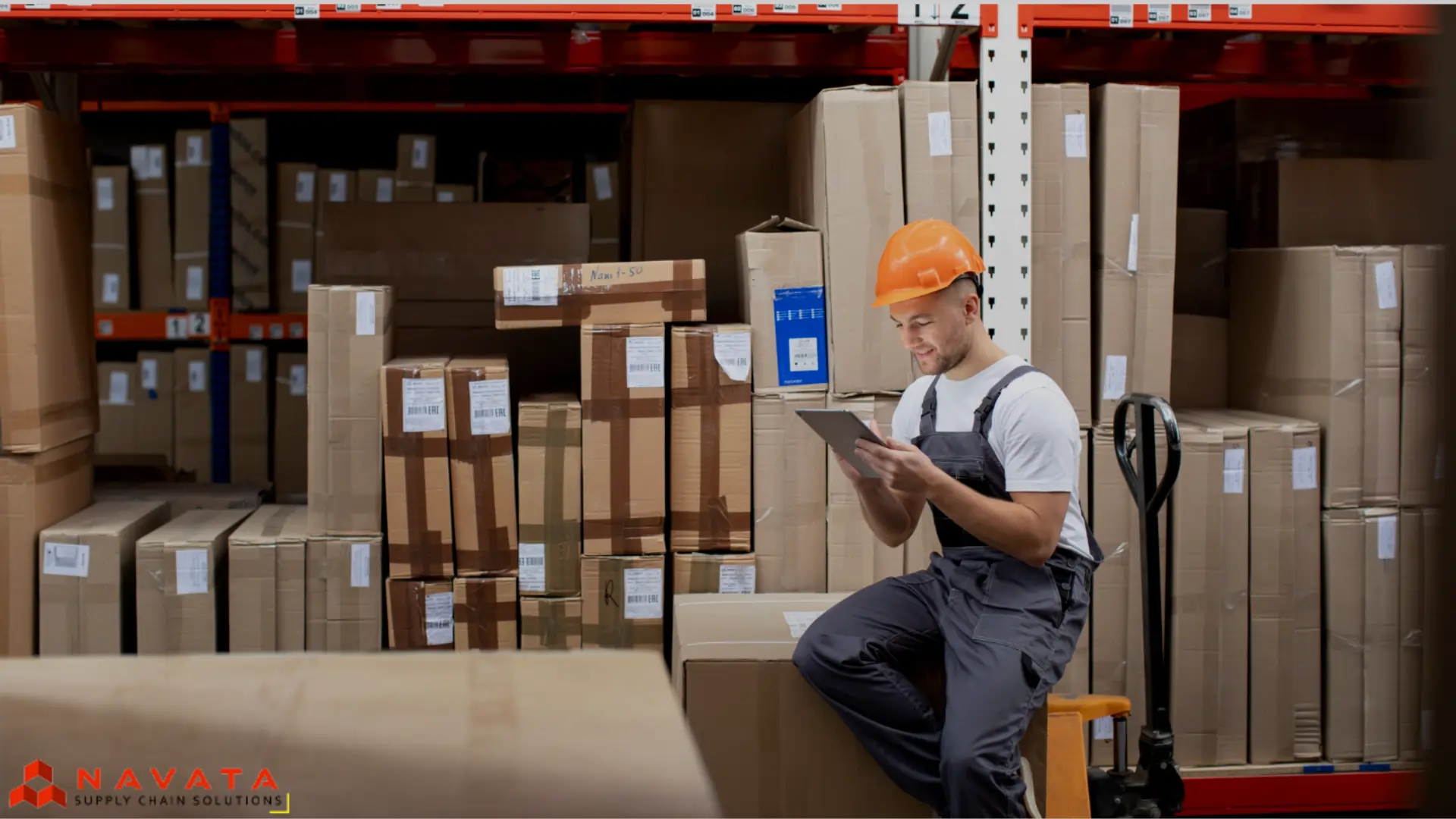10 Tips To Boost Your Logistics Performance
Logistics performance plays a significant roles for any business entity in the current world of global competition where time is of essence. This process here refers to defining and monitoring of performance goals, identifying and analyzing logistics processes, and deployment of technologies. Further, training of logistics staff, partner communication, and last-mile delivery are some of the key strategies that can help in achieving the required results.
Improved risk management and increased reliance on data improve logistics competency as well. Incorporating sustainability strategies do not just help minimize a company’s cost but also its negative effects on the environment. In this guide, the following ten tips are presented to enhance the overall performance of logistics operations and achieve operational superiority.

1. Defining and Measuring Logistics Performance Indicators
One of the first steps when evaluating the aspirations and goals of the company and attempting to improve logistics performance is the identification and quantification of the relative parameters. Some of these indicators include delivery time, delivery accuracy, cost, quality, safety as well as sustainability.
These metrics can help you evaluate the strengths and weaknesses of your logistics processes at your organization and compare them with industry standards or benchmark. They can also be used to set targets and to assess progress made over time, and other purposes.
2. Analyze and Improve Your Logistics Processes
The improvements of the logistics performance are based on the analysis and optimization of the processes which influence the selected parameters. These areas include procurement, logistics, storage, stock control, delivery and customer relations. This way activities and these processes can be made clear and then inefficiencies, errors, delays or ways of waste can be revealed.
The reduction of working steps, automation of processes, and getting rid of functions that may be carried out by other personnel, or contractors can greatly help enhance organizational effectiveness. Improvement of these processes gradually results in better quality and faster procedures of logistics operations, as well as costs and risks minimization.
3. Use Modern Logistics Technology
Another important factor is to implement suitable technologies for the use in enhancing the logistics function. These may include software or hardware or systems for compiling or transmitting or processing information relating to logistic operations. Some of these are enterprise resource planning (ERP), warehouse management systems (WMS), transportation management systems (TMS), radio frequency identification (RFID) or global positioning systems (GPS).
The realization of these technologies as well as their incorporation makes the processes more effective, efficient and even flexible in handling the logistical activities and assets.
4. Train Your Logistics Team
However, one of the crucial activities in the improvement of logistics performance is personnel training and motivation of the employees involved in the logistics activities. This covers managerial personnel, supervisory, drivers, operators and clerks in various functions in different sites.
Training assures that they are equipped with skills, knowledge and competencies to enable them to deliver their duties effectively. Moreover, one finds that frequent feedback, praise and incentives encourage staff to deliver on set goals and objectives. If you target training and motivation, it will be easier to increase the productivity, quality and employee satisfaction in the logistics unit.
5. Communicate with Logistics Partners
One of the major ways to improve logistics performance is to engage the primary logistics players in the chain and ensure that there is good flow of communication between them. Such partners may be suppliers, carriers, intermediaries, customers, and regulators who have influence over logistics results. Working together guarantees the achievement of common objectives, proper coordination and proper utilization of resources.
The use of effective communication for instance leads to increased trust and transparency, conflict handling and increased customer satisfaction. In this case cooperation with partners is the key to a successful and effective logistics partnership where all parties benefit and the end result is improved.
6. Review and Improve Regularly
A good approach of increasing logistics performance is to regularly assess and optimize it. Current targets or standard should not be enough; aim higher even if it is just a little. Logistics process, technology, staff, or partner audit, assessment, or benchmark on a set frequency.
That’s why you should use the Balanced Scorecard, SWOT analysis, or the PDCA cycle to control, assess, and improve your performance. Thus, it avoids a situation in which customers’ needs and expectations are not met due to a lack of supply chain logistics improvement.
7. Focus on Last-mile delivery
The final leg of your logistics chain—getting the product to your customer—accounts for anywhere between 41 %3 and 53 %4 of the total logistics cycle cost, according to the survey. In other words, it is the most challenging part. There are ways to enhance the consumer experience through the addition of express, on-demand as well as international shipping options during the checkout process and you have to consult a professional logistics provider.
Deliver items in perfect shape on schedule to make a favorable impression and provide clients with frequent monitoring information: 82% of customers like the tracking information to be updated. If you implement these adjustments, it may improve the general logistics performance and reap the rewards right away.
8. Strengthen Risk Management Plans
Ensure that you have contingency measures in place to counter possible disruptions in the flow of your logistics chain attributable to calamities or slow supply from the supply chain sources or abrupt increase in demand. Create tolerances that encompass substitute suppliers, different routs of shipment and other means of staffing.
Risk management is about building up your capability to manage risks and have effective contingency plans in case of disruption.
9. Enhance Data-Driven Decision Making
Make well-informed decisions in your logistics operations by leveraging data analytics. Gather and evaluate information from important domains such as delivery performance, inventory control, and transportation. To estimate demand, improve inventory management, and optimize routes, use cutting-edge methods like predictive analytics.
Smarter, more flexible logistics management is made possible by routinely analyzing logistics data to find patterns, inefficiencies, and possibilities for cost savings.
10. Adopt Eco-Friendly Practices
On the logistic level there are some recommendations on how to introduce the sustainability into the supply chain management: optimize the routs, decrease the energy consumption, and choose environmentally friendly packaging.
By focusing on green logistics, which reduce cost, also enhances your company image and legal requirements concerning the environment. Selecting carriers and suppliers who are as equally dedicated to sustainability takes your supply chain to the next level.


